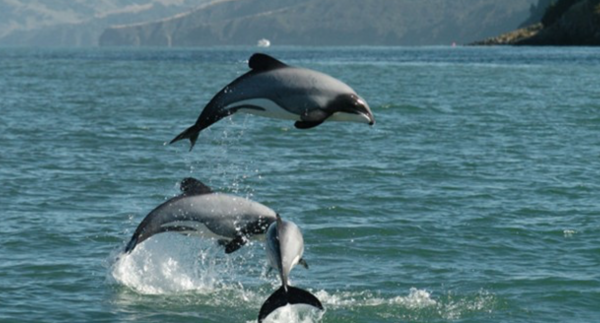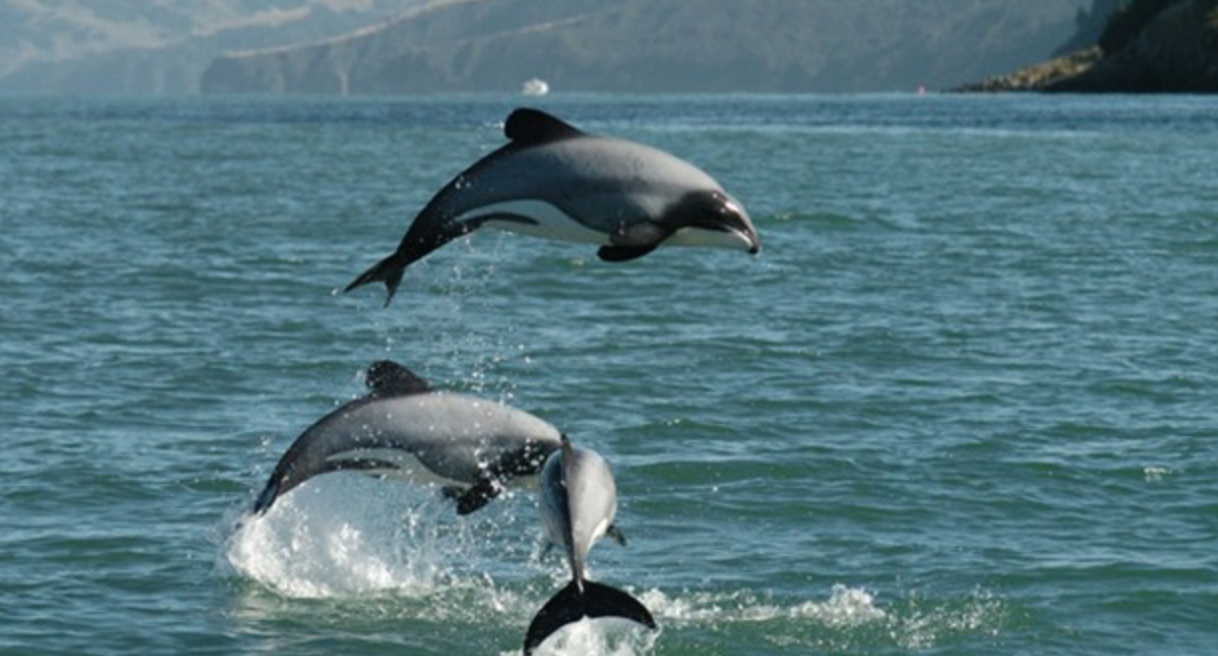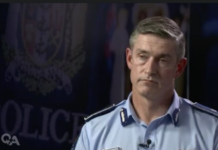
This week a range of environmental group representatives, fishing company agents, scientists, consultants and international experts gathered in Wellington to review the threats facing Maui and Hector’s dolphins. The meeting was organised by DoC and Fisheries NZ and participants had to agree to Terms of Reference which included a clause saying they wouldn’t talk to the media about the proceedings.
This is third Threat Management Plan for Maui and the second for Hector’s dolphins, so the issues are pretty well known.
As most New Zealanders know, and despair over, Maui dolphins are one of the most endangered subspecies of dolphins in the world. Maui’s other subspecies cousins in the South Island, are generally named Hector’s dolphins as if they are all the same, but in fact, they are also separate groups all worthy of recognition by name, as individuals and as subpopulations – there’s pahu and hopuhopu and upokohue, as well as Maui. In different areas, such as those off the Otago coast, they number as low as around only 40 individuals, a couple of families who are all that are left from a once much larger tribe.
Maui and Hector’s dolphins used to be abundant around our inshore coasts, and would swim into harbours, rivers and estuaries. It’s a known fact that Maui and Hector’s dolphins (and most other marine life) are being wiped out in set nets, and the populations have got so low that they’re especially vulnerable to all sorts of other human threats – pollution, noise, seismic testing, boat strike and more. But since the 1970s, the major human cause of death is from entrapment in those fishing nets, so that now they’re all on the decline. As usual, this year, the IWC called on the New Zealand government to do more.
Observer coverage is indefensibly low- only a few per cent of fishing vessels across the entire fleet, have observers. Fisheries Minister Stuart Nash has delayed the implementation of electronic monitoring systems that would apply a higher level of scrutiny onto the boats, and if Australia is any example, reveal real bycatch rates vastly more than what’s currently reported. I’ve written about this before on the Daily Blog, here and here. I can’t believe we’re still protesting this shit, especially after the death of five dolphins in a single net off Canterbury earlier this year.
Set nets are the major human threat to our down-under dolphins. That’s why it was unbelievable that the first two days of the Threat Management Plan meetings were held in the ‘valley of death’ itself, the boardroom of FishServe, a private company owned by Seafood New Zealand, which provides administrative services to the New Zealand fishing industry. It was like having a meeting to decide the fate of hens from inside the fox’s lair, but worse.
It came as a further shock to sit in the meetings and to read in the meantime, that the Government has approved an application (permitted under the Taranaki District Plan) for sea bed exploration as a potential precursor to mineral extraction in Maui / Hector’s and other rare cetacean habitat off Taranaki.
Green Party Conservation Minister Eugenie Sage has been getting the flak for the decision made by Minerals and Petroleum portfolio holder, Megan Woods. Even then, the Crown Minerals Act process is so loaded to facilitate extractive industries, there may not have been much she could do either.
It all gives cause for reflection about who’s wagging the dog. One of the world’s most critical conservation issues certainly sits subservient to big business. In fact, for two days this week, it sat in the fishing industry’s lap. The Conservation Minister is as powerful as a flea on the dogs’ back, a fact she’s obviously uncomfortably aware of, with public statements that the party objects to the decision. – And it’s not the tail wagging the dog itself in terms of fishing and extractive industry interests, the whole system is a dog. Clearly the state is the interests of capital incarnate. It’s there to facilitate an unsustainable use of planetary life and resources for economic growth and shareholder profit.
Mixing my endangered species metaphors, we can as much expect environmental justice and an increase in environmental power so the interests of the environment, and these wee dolphins, come first, as we can expect a leopard to change its spots.






Thanks Christine for keeping people informed as to what is going on behind the scenes here in New Zealand, as much as you can, over our precious marine wildlife. Conservation is certainly being compromised by big business considerations. A most informative post.
The Terms of Reference for that “key science input to the Maui and Hector’s Dolphin Threat Assessment” for the Threat Management Plan, are intolerable. They seek to muzzle scientists who are not even allowed to reveal the matters discussed, the process of the workshop or the outcomes. It purports to gag participants and observers at the meeting unless expressly approved by the Department of Conservation and Fisheries NZ (formerly the Ministry of Primary Industries (well it really is still part of it) and the Ministry of Fisheries. The dog is of course the fishing industry who capture and bully officials who lead Ministers astray. The attempt to gag people is pitifully mis-judged, is bad for science, for freedom of speech and for public environmental management.
I don’t believe that Megan Woods is as powerless as she makes out. She is the Minister, she could put up a bill to ban all prospecting in in Maui / Hector’s and other rare cetacean habitat off Taranaki., and fight for it in the house.
Why doesn’t she?
It’s called leadership.
Maybe she deserves the flak?
Comments are closed.